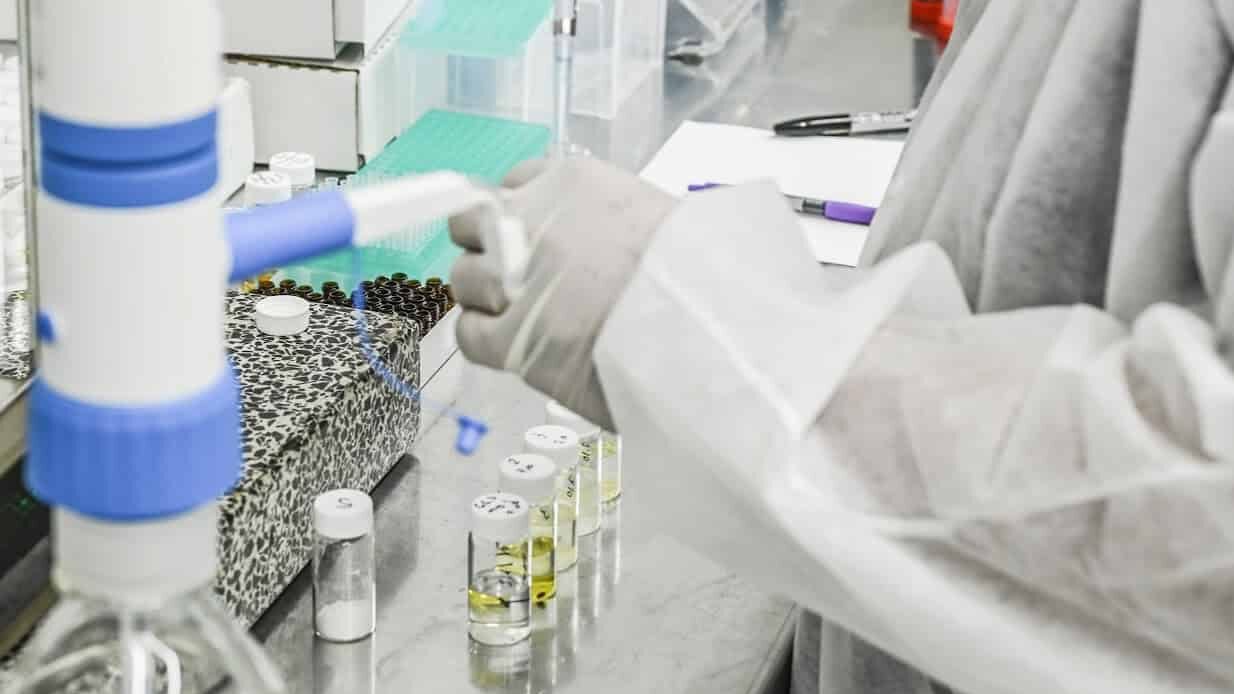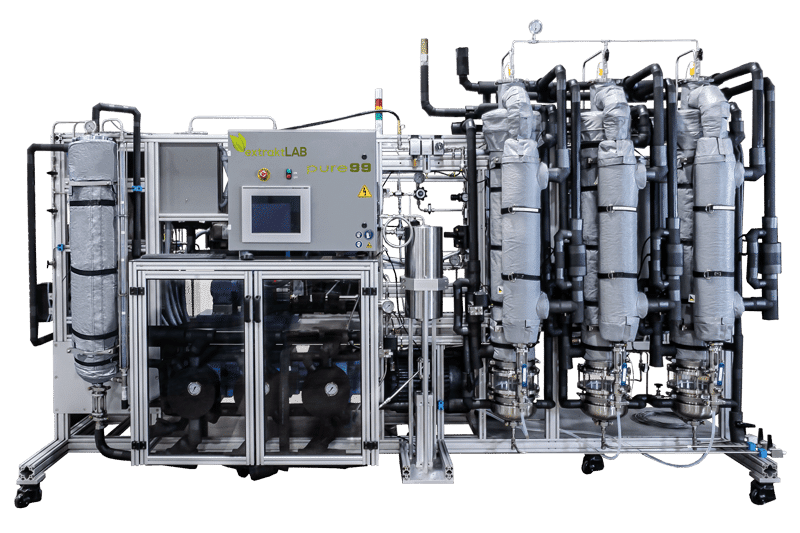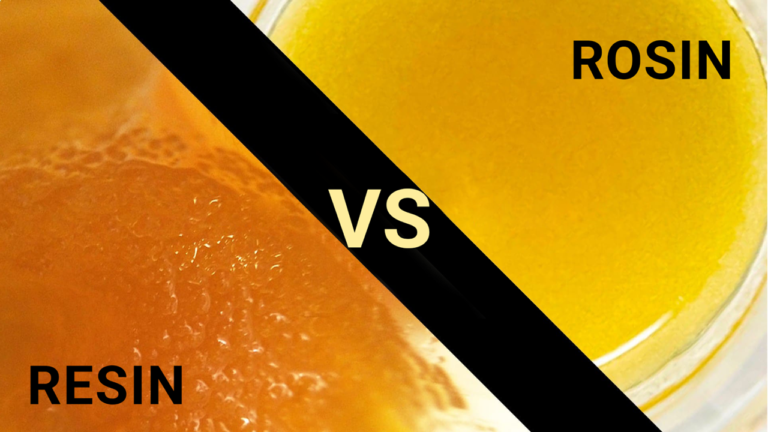Mobile Phase vs Stationary Phase: Key Concepts in Chromatography
Overview
To understand chromatography, you must first understand its two basic functions: the mobile and stationary phase. In this article, we will break down each phase into its components, the mediums and solvents used, and how they are used in the chromatography process.
What Is the Mobile Phase in Chromatography?
The mobile phase is a liquid or gas that carries the sample through the chromatography system, allowing its components to separate based on their interactions with the stationary phase.
In gas chromatography, the mobile phase is an inert gas like helium or nitrogen, while in liquid chromatography, it is a liquid solvent like methanol or acetonitrile.
Solvents Used for Mobile Phase
In chromatography, several common solvents are used as the mobile phase, with some being more effective than others due to differences in how they interact with the stationary phase. Popular options include hydrocarbons like pentane, hexane, and petroleum ether and co-solvent mixtures like ether/hexane and methanol/dichloromethane.
The choice of solvent is critical and depends on the specific molecules being separated, as certain solvents work more efficiently with particular materials.
What Is the Stationary Phase In Chromatography?
The stationary phase in chromatography is a solid or a liquid-coated solid that stays fixed inside the column while the mobile phase moves over it. It enables the separation of compounds based on their interaction with the mobile phase.
In liquid chromatography (LC), the stationary phase is a packed solid in the column, while in gas chromatography (GC), it is often a thin liquid film coated on a solid surface.
The materials used for this phase are often:
- Gel
- Silica
- Alumina
- Sand
These materials allow the mobile phase, carrying the sample, to pass through. The material can either have particles of the same size (monodisperse), or the particles can vary in size (polydisperse). The variation in particle size can aid in separation as some sample components may have a unique affinity for specific particle sizes.
Pore Diameter and Its Role in Separation
The pore diameter in the stationary phase plays a crucial role in how well the sample will be separated. The sample particles must be small enough to pass through the pores.
For example, THC and CBD have very small particles and require a small pore size to be effectively separated. On the other hand, other molecules, such as plant proteins, are larger, so they cannot pass through smaller pores, allowing the cannabinoids to pass through and separate.

Selectivity of the Stationary Phase
Another key factor is the selectivity of the stationary phase material. This refers to how well this phase interacts with the mobile phase on a molecular level.
The interaction between the stationary and mobile phases determines how well the compounds get separated. Some stationary phases may separate compounds in one solvent better than another.
Polarity and Its Impact on Separation
Polarity also affects how well components separate during chromatography. Molecules can be polar (having a charge distribution, like water) or nonpolar (lacking a charge, like oil). Because cannabinoids are nonpolar, using a nonpolar solvent will be more efficient for their extraction and separation. While polar solvents can still dissolve nonpolar compounds, they are less effective than nonpolar solvents in these cases.
| Mobile Phase vs. Stationary | Mobile Phase | Stationary Phase |
|---|---|---|
| Composition | Liquid or gas | Solid material |
| Material | Solvent (pentane, hexane, petroleum ether, etc.) | Porous Solid (silica, alumina, gel) |
| Purpose | Dissolve and carry the mixture through the stationary phase | Separate the mixture into various components as they pass through it |
| Post-processing | Solvent removal needed | Remains in column |
How the Stationary and Mobile Phase Work in Chromatography
Both the stationary and mobile phases are essential in chromatography, and chromatography separation cannot be accomplished without them.
Let’s break down the chromatography process in simple steps:
- A column is packed with a stationary phase (e.g., silica beads), and a filter is placed at the bottom to retain the packing material.
- The mixture intended to be separated is suspended in a small amount of solvent and added above the stationary phase.
- More packing material is added above the mixture solvent solution, followed by the remaining solvent, which is used as the mobile phase.
- Using simple gravity or some kind of vacuum pump, the mobile phase is passed through the mixture, pulling it through the stationary phase.
- As each component is separated by passing through the stationary phase, they are collected in separate vessels. The chromatography process is then complete.
Now that we’ve established the basic chromatography steps, let’s get more detailed:
The mobile phase is a solvent or fluid eluent that can move freely through a chromatography system using a pump. As a solvent, it is also important for this phase to dissolve the solution being tested or separated so that the individual components can be identified and remediated. This is why some eluents or solvents work more efficiently than others, depending on the separated substance.
The material used as the stationary phase is always some sort of porous solid that remains fixed in a column that allows the eluent used as the mobile phase to pass through it. This is where the actual chromatography process takes place. As the mobile phase passes through, the various components of the solution will move through the material at various rates depending on their affinity for that material.

If a particular material passes through the stationary phase more quickly, it will be seen on a chromatograph or collected in a containment vessel. Then, the following fastest material will be seen or collected, and the process continues until each component is identified and separated. As they pass through, they can be identified in a chromatogram for testing purposes or collected into separate vessels.
Several factors can cause variations in the efficiency of a chromatography separation process, but the basic principles remain the same. The stationary and mobile phase in chromatography can be as simple as water and a coffee filter or as complicated as a co-solvent solution and a silica gel, but the separation process itself remains the same.
By adding a solution to a mobile phase and passing it through a stationary phase, you can effectively separate the individual components in a solution so that they can be identified, remediated, and isolated altogether.
Final Thoughts
Understanding the mobile and stationary phases is essential for an efficient chromatography process. These two components work together to ensure effective testing and purification, and they are crucial in the extraction industry.
pure99x
If you want to upgrade your separation process with high-end chromatography equipment, look no further. extraktLAB’s pure99-x and pure99-z are the best chromatography systems on the market, featuring closed-loop solvent recycling and precise process controls. Contact us today!
Contact Us To Get Started Today







